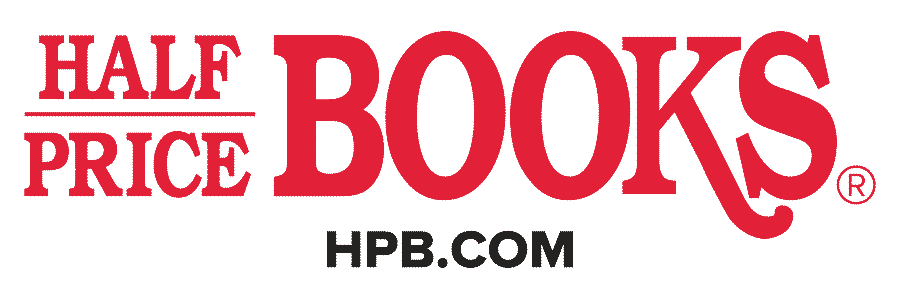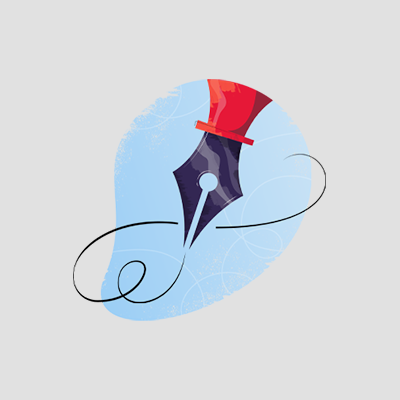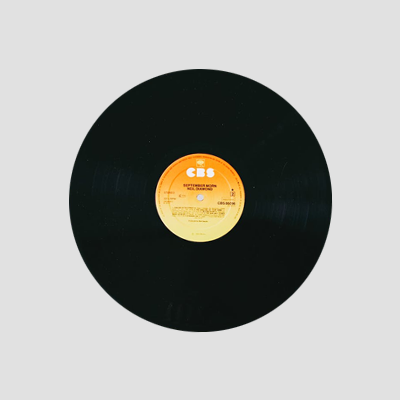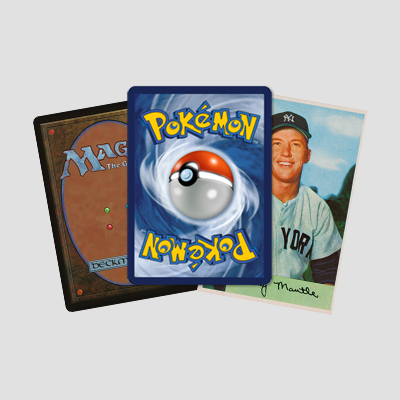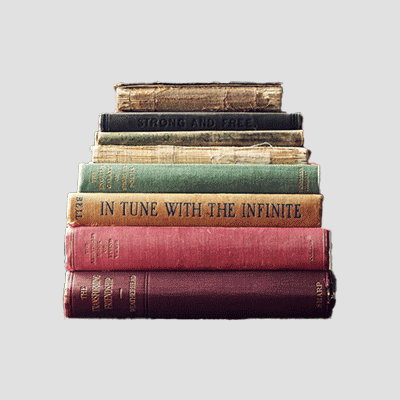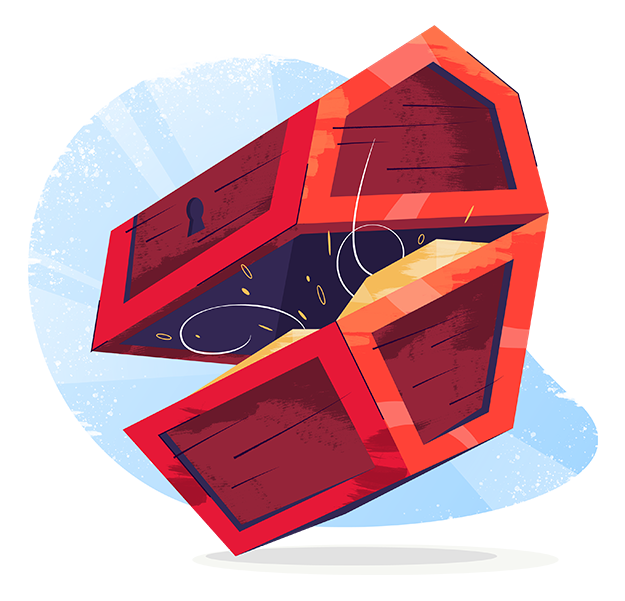
Trending Categories
Signed Books
collectibles
Collectibles
1 - 20 of 54715 results
View :
Get It Fast
-
Select Store
Format :
Hardback
Condition :
Very Good
$250.00
Format :
Hardback
Condition :
Good
$20,000.00
Format :
Paperback
Condition :
Very Good
$3,000.00
Format :
Hardback
Condition :
Near Fine
$1,750.00
Format :
Hardback
Condition :
Very Good
$200.00
Format :
Hardback
Condition :
Very Good
$10,000.00
Format :
Hardback
Condition :
Fair
$500.00
Format :
Hardback
Condition :
Very Good
$5,000.00
Format :
Hardback
Condition :
Near Fine
$80.00
Format :
Hardback
Condition :
Very Good
$150.00
Format :
Trade Paperback
Condition :
Fine
$400.00
Format :
Hardback
Condition :
Very Good
$1,000.00
Format :
Paperback
Condition :
Good
$150.00
Format :
Hardback
Condition :
Very Good
$4,500.00
Format :
Hardback
Condition :
Very Good
$750.00
Format :
Hardback
Condition :
Very Good
$6,000.00
Format :
Trade Paperback
Condition :
Near Fine
$350.00
There are no products for Pickup Today at
